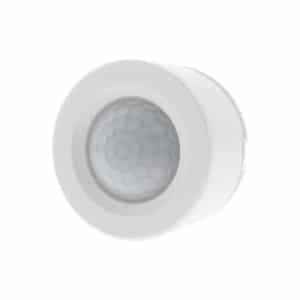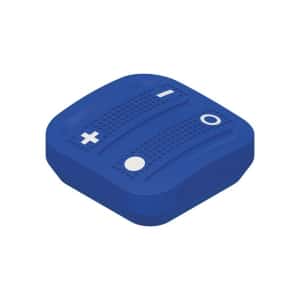The connected home
A more connected family, in other words, makes for a happier family.
Smart devices help family members feel more secure, have more time to enjoy their loved ones and ultimately can bring them closer together. It’s a beautiful future we’ve built for ourselves, but only if we know how to use them.

Smart devices that make sense for families
The world is awash with smart devices. WiFi connectivity has been introduced into toothbrushes, washing machines, microwaves and even toilets. This avalanche of technology can turn a home into a connected palace, a smart castle, or if you don’t shop smart, a mess.
The devices below can save busy families time, money, energy, or all three. Many of them are just plain fun.
Before you buy, make sure you understand the problems the technology solves and how it will integrate with your existing setup. Then plug in, play and watch your quiet home become a hub of connectivity.
Tips for matching your family to your connected home
Like other important household decisions (puppy or kitten, SUV or car, pizza or tacos), whether or not to use smart devices is one of those things that the whole family has to agree on, or it’s chaos.
From leaving the lights on, to making sure no one is locked out of the house, to protecting privacy and security, the introduction of smart home devices has an impact on everyone living under the same roof.

Controls, permissions and access must be discussed and agreed upon.
If you are planning to install smart devices in your home, then you need to talk about it. Ask about the family’s needs when it comes to the connected home, so that you can maintain harmony in your home so that every use is rewarding and useful.
Discover now NodOn products for the connected home:
 The EnOcean Motion Sensor
The EnOcean Motion Sensor
This EnOcean motion sensor will automatically detect any movement. Thanks to its multiple mounting options, place it anywhere you want in your home (on a table, wall or ceiling) and customize its settings according to the lighting environment to fully enjoy its use.
It is the ideal product to save energy and ensure your serenity when you are away from your home.
 The EnOcean Soft Remote
The EnOcean Soft Remote
As amazing as it sounds, it requires no batteries to operate, and can be used to control your EnOcean actuators or home automation ecosystem.
Magnetic, shockproof and splashproof, the Soft Remote is an innovative nugget.



Leave A Comment